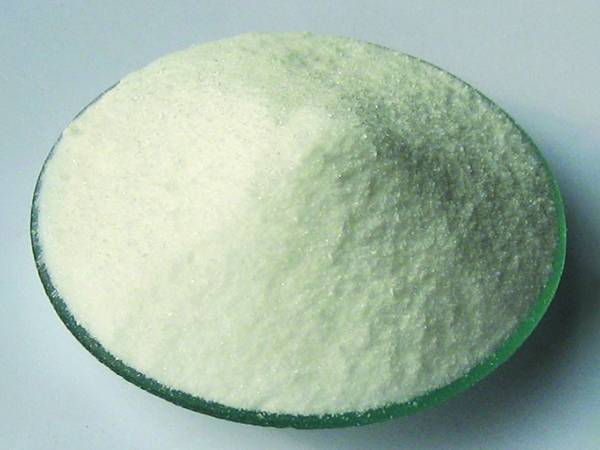



strontium chloride flame test
The Strontium Chloride Flame Test A Study in Spectroscopy and Chemistry
The flame test is a qualitative analysis technique used in chemistry to identify the presence of certain metal ions based on the characteristic colors they emit when heated in a flame. Among the various metal salts commonly analyzed through this procedure, strontium chloride (SrCl₂) stands out for its striking crimson red color, which makes it easily identifiable and a favorite in both educational and professional laboratories.
Understanding Strontium Chloride
Strontium chloride is an inorganic compound comprising strontium (Sr) and chlorine (Cl). Strontium is a member of the alkaline earth metals, situated in group two of the periodic table. When strontium chloride is subjected to high temperatures, such as in a flame test, it undergoes excitation of its electrons. Essentially, the energy from the flame excites the outermost electrons of the strontium ions, causing them to jump to a higher energy state. When these electrons return to their ground state, they release energy in the form of light. The wavelength of this light corresponds to a specific color.
The Procedure of a Flame Test
The flame test is typically performed by introducing a sample of the metal salt onto a clean platinum or nichrome wire loop. The wire is first dipped in concentrated hydrochloric acid to remove any contaminants, then placed into the solid strontium chloride. Afterward, the wire is held in the flame of a Bunsen burner. The result is a vivid display of colors, with strontium chloride producing a rich red hue. This procedure is straightforward yet effective for a wide variety of chemical analyses.
1. Preparation Ensure all necessary materials are at hand strontium chloride, a platinum or nichrome wire, a Bunsen burner, and concentrated hydrochloric acid for cleaning the wire. 2. Cleaning the Wire Dip the metal wire in concentrated hydrochloric acid to remove any impurities or previous metal residues that might interfere with the results.
3. Sample Introduction Dip the cleaned wire into the strontium chloride powder, ensuring an adequate amount adheres to the wire.
strontium chloride flame test

4. Flame Exposure Hold the wire in the outer flame of the Bunsen burner. Observe the color emitted.
5. Observation and Recording Carefully note the color of the flame. Strontium chloride will generally yield a bright red flame, reliably indicated by the sharp increase in the reddish-orange wavelengths of visible light.
Interpretation of Results
The distinctive crimson flame produced by strontium chloride can be likened to the deeper shades observed in fireworks displays. This characteristic color can help differentiate strontium from other elements, such as lithium, which produces a bright crimson, or calcium, which exhibits an orange-red flame. This aspect of the flame test underscores the importance of understanding the unique spectral lines associated with different elements.
Applications and Importance
The flame test is not only a classical demonstration commonly performed in school laboratories but also finds relevance in various scientific applications. This technique is valuable in fields like forensic analysis, material science, and environmental chemistry, where identifying metallic species is crucial. Although instrumental methods such as atomic absorption spectroscopy (AAS) and inductively coupled plasma (ICP) have largely supplanted flame tests in advanced analytical settings, the simplicity and straightforwardness of the flame test make it an excellent introductory tool for students learning about chemical properties and reactions.
Conclusion
In summary, the strontium chloride flame test serves as an accessible yet powerful illustration of how the interplay of heat and atomic structure can lead to visual spectroscopic evidence of an element. From the vivid crimson the strontium ion emits to the foundational principles of atomic theory it exemplifies, this simple experiment encapsulates the excitement and beauty of chemistry. As students and professionals continue to employ techniques such as the flame test, they reaffirm the significance of classical methods in the broader landscape of scientific discovery and education.
-
Why Sodium Persulfate Is Everywhere NowNewsJul.07,2025
-
Why Polyacrylamide Is in High DemandNewsJul.07,2025
-
Understanding Paint Chemicals and Their ApplicationsNewsJul.07,2025
-
Smart Use Of Mining ChemicalsNewsJul.07,2025
-
Practical Uses of Potassium MonopersulfateNewsJul.07,2025
-
Agrochemicals In Real FarmingNewsJul.07,2025
-
Sodium Chlorite Hot UsesNewsJul.01,2025










